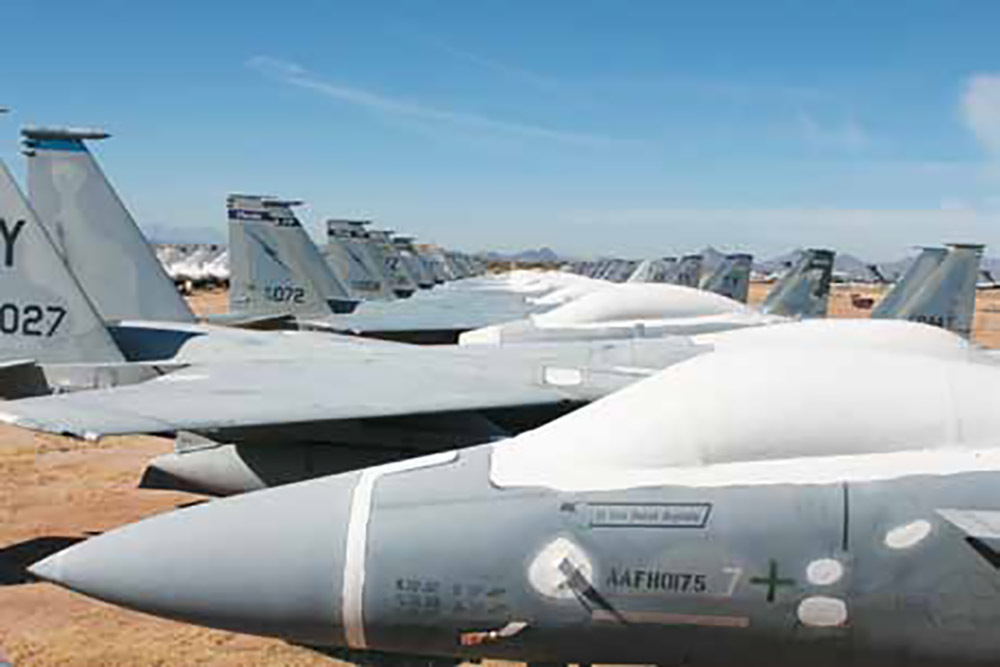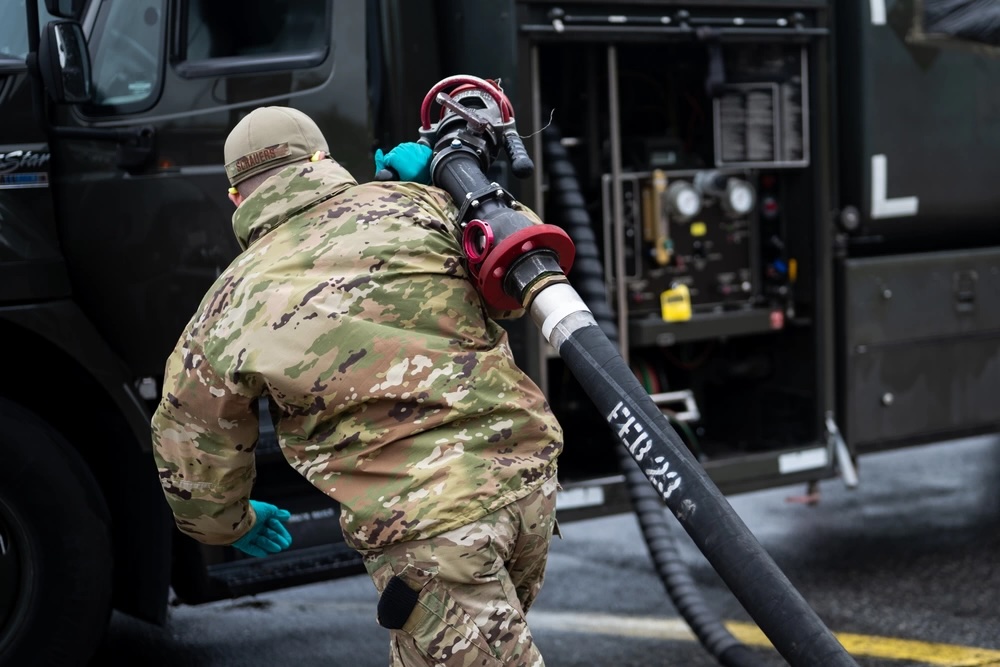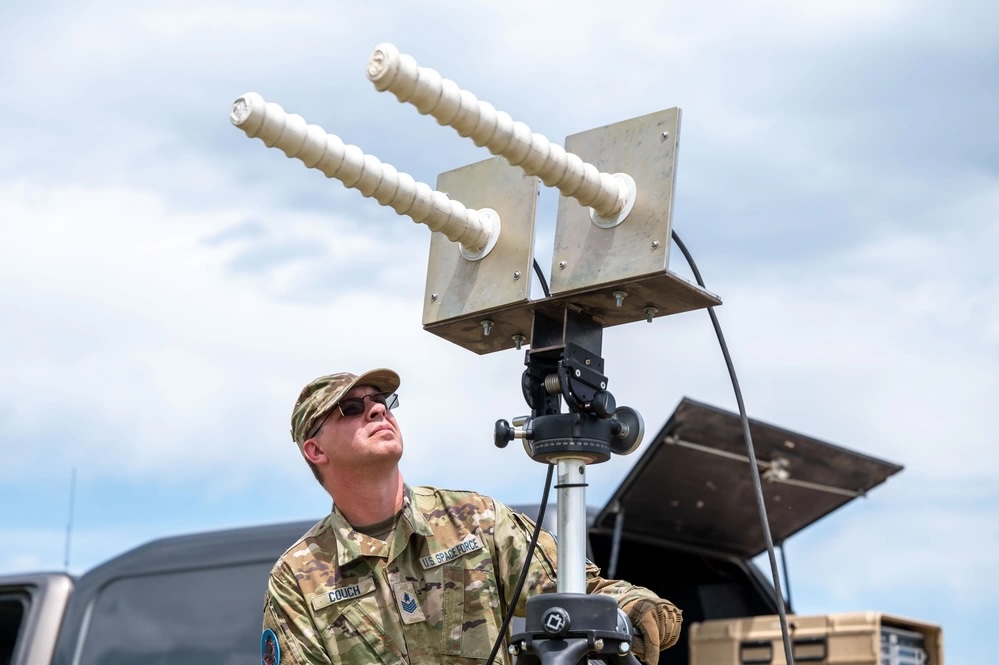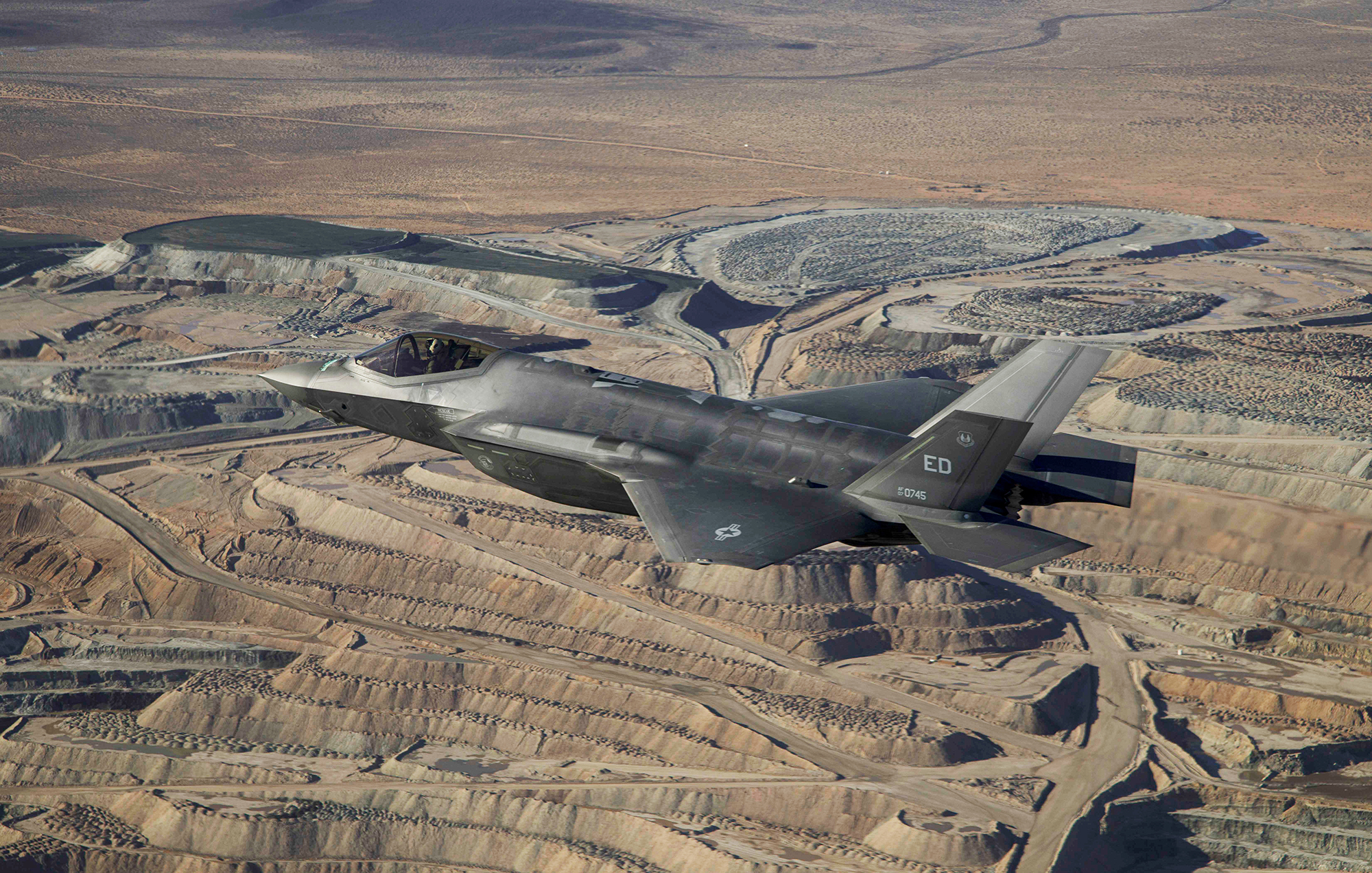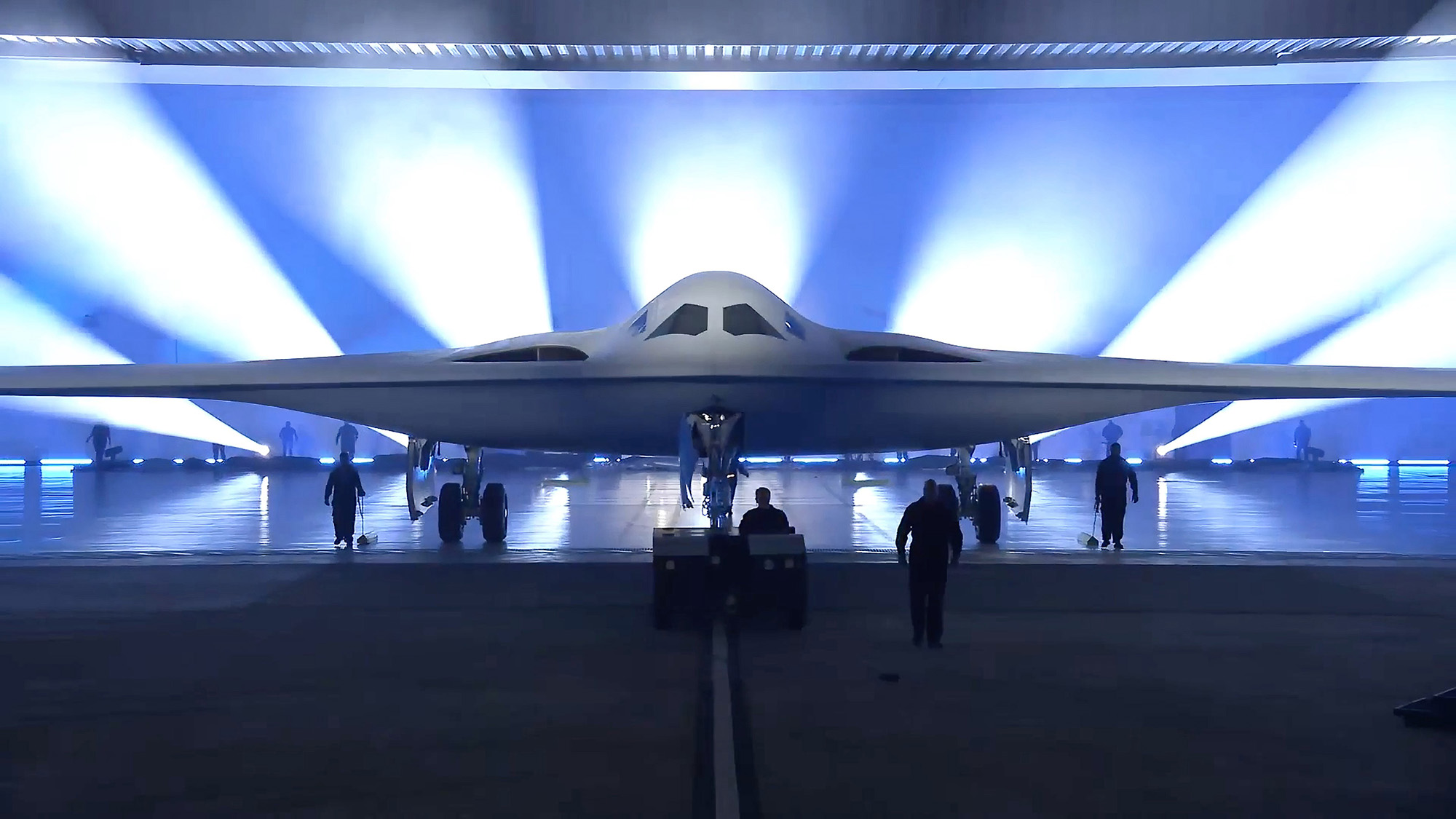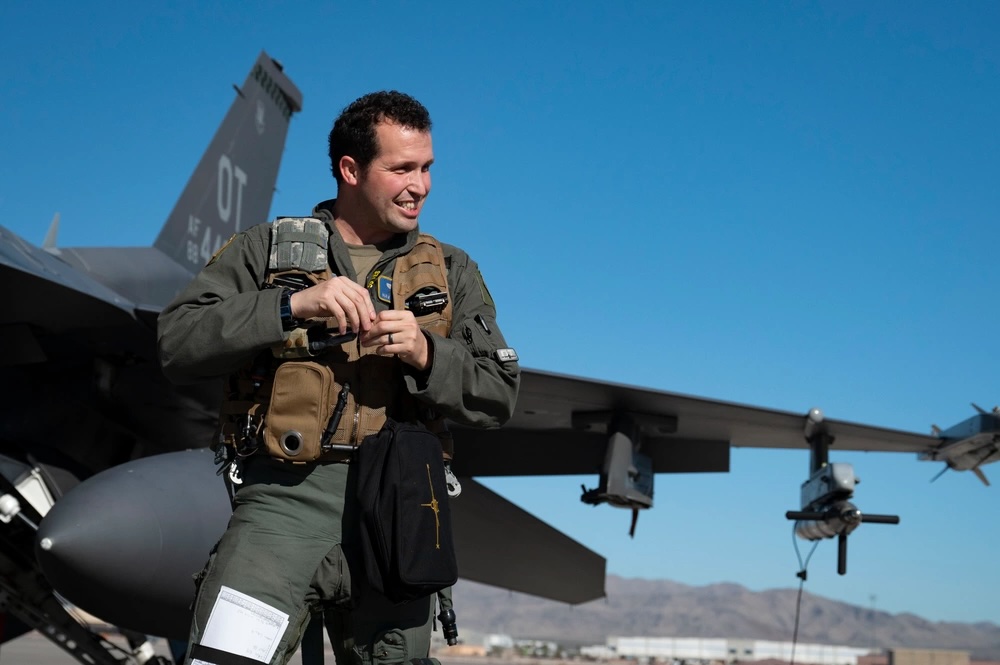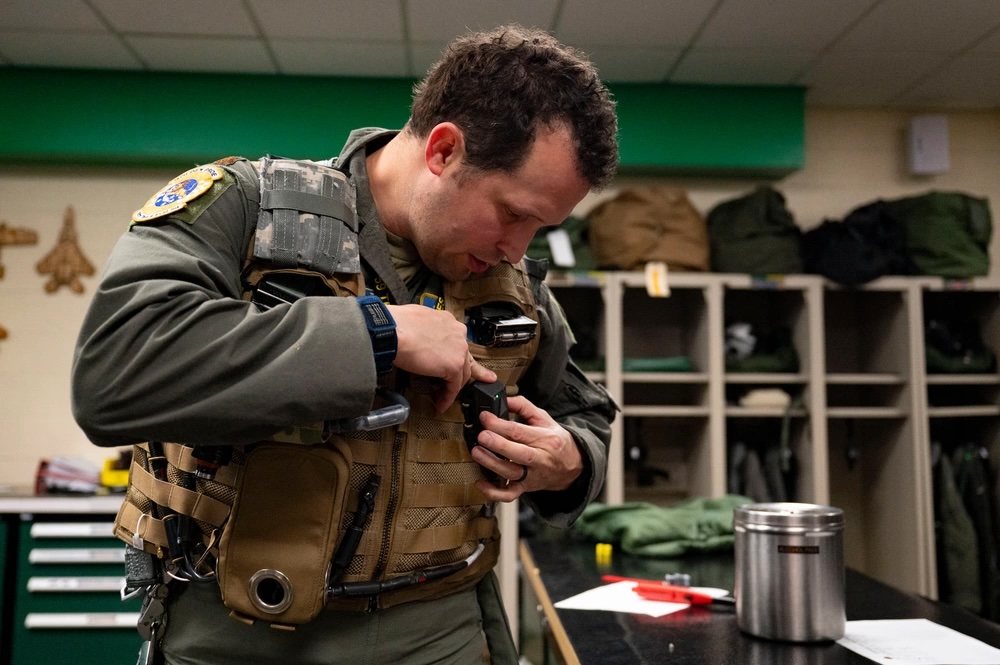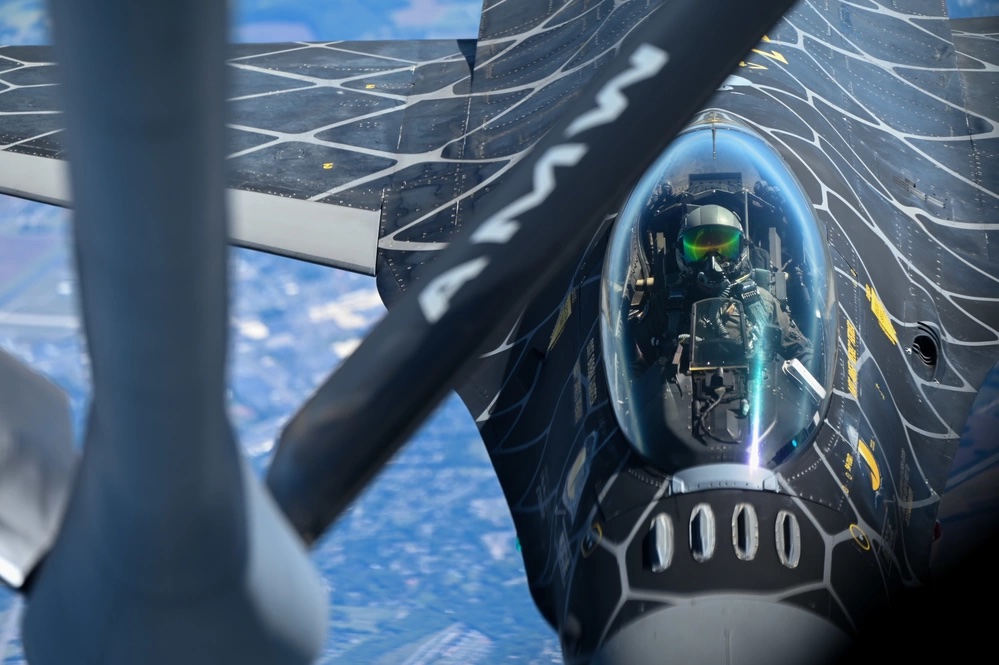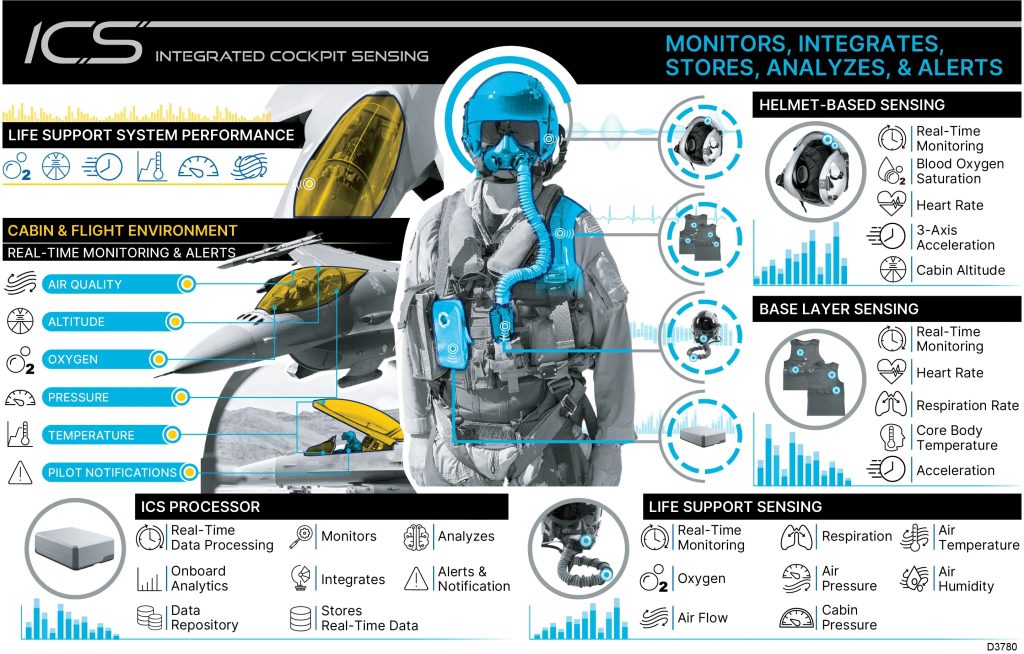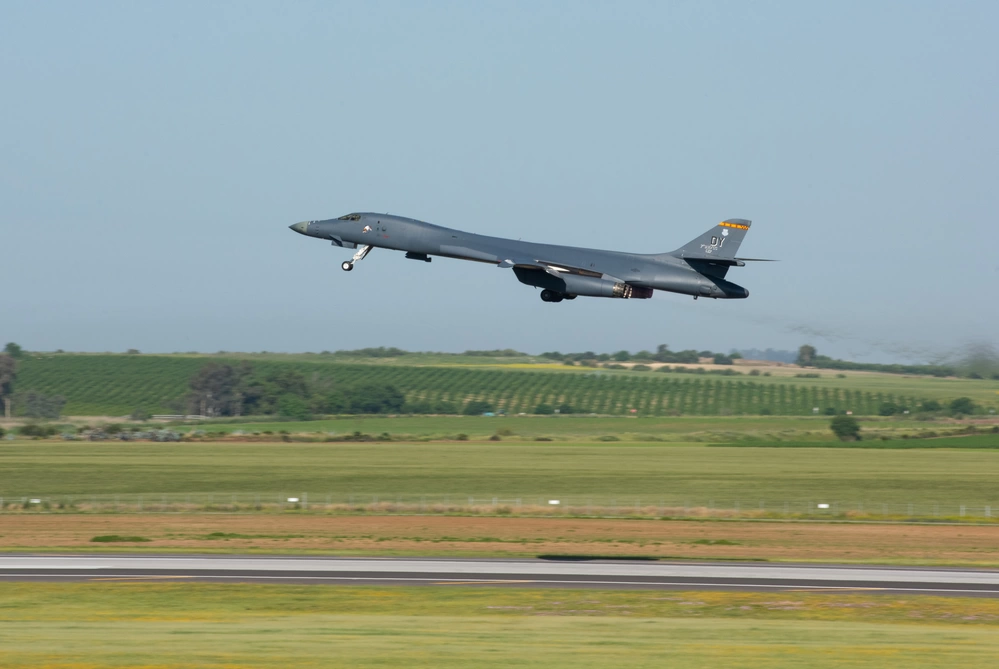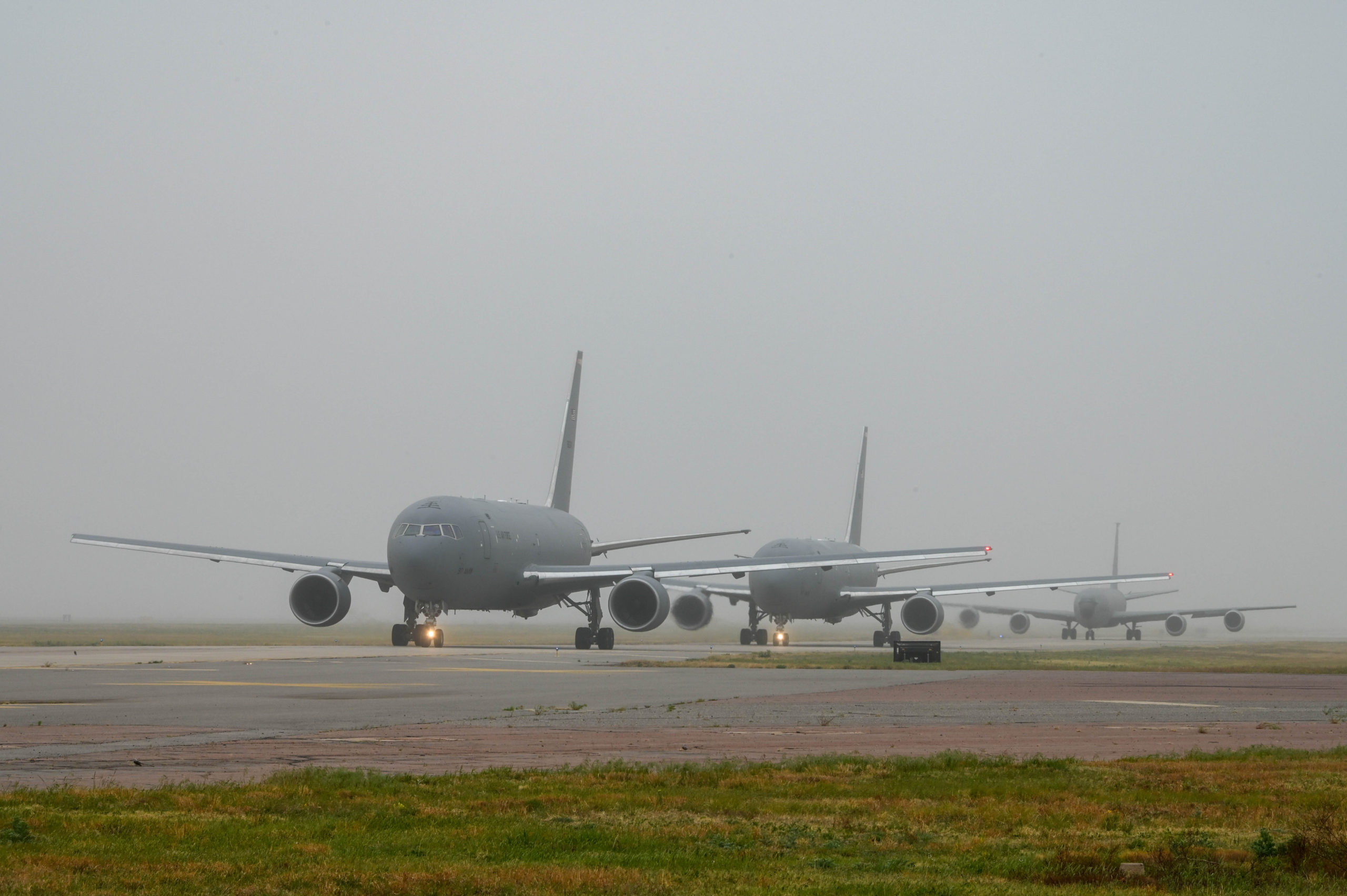Top Air Force leaders may have to provide Congress with extensive justification for further cuts in the fighter force, after being grilled in budget testimony by members of the Senate and House Armed Services Committees unhappy with divestitures in various fleets.
Rep. Elissa Slotkin (D-Mich.) complained to Air Force Secretary Frank Kendall and Chief of Staff Gen. David W. Allvin that a Fighter Recapitalization Plan, mandated in last year’s defense bill and due to Congress March 30, has not yet appeared.
“We need to make sure we have fighters in the air” in sufficient numbers to deter China and other world adversaries, Slotkin said, echoing remarks of many members who complained of fighter cuts in their districts. Under the Air Force’s fiscal 2025 budget request, the service would shrink its fighter fleet to historic lows.
Slotkin noted that she “co-led an amendment last year in the NDAA” that mandates the fighter recap strategy, and “There will be a number of us who are working on a bill in this year’s [National Defense Authorization Act] which will say, before you can retire fighter aircraft you must show your math on your plan. So we are taking this to the next step.”
Slotkin added that swift provision of the fighter recap strategy would “help us understand” the Air Force’s thinking and “give us more confidence” that the service is not recklessly reducing near-term capacity in favor of longer-term modernization, at a time when armed conflicts are flaring in numerous places.
Kendall said he and Allvin have reviewed a “final draft” of the strategy and that it will be “over here as soon as we finish coordination.”
Members on both the HASC and SASC also complained about cuts to fleets like the E-3 AWACS as well as smaller-than-planned buys of EA-37 Compass Call aircraft, in addition to persistent questioning about the decision to divest the A-10 fleet.
Allvin said the advance of Chinese weaponry have turned platforms like the E-3 into “cannon fodder” and most of those aircraft being divested would wind up “at the bottom of the Pacific Ocean” if they went to war.
Kendall and Allvin also told lawmakers that they had to reduce their purchase of new fighters—F-35s and F-15EXs—to comply with the Fiscal Responsibility Act, which snipped a further two percent from USAF’s budget for 2025.
A number of members noted the success of F-15E units—notably the 335th Fighter Squadron from Seymour-Johnson Air Force Base, North Carolina—in shooting down drones and missiles fired by Iran against targets in Israel April 14. Numerous reports posit that more than half of the 160 or so weapons that made it most of the way to their targets were shot down by U.S. assets. They said the success of the jets shows they are not irrelevant.
Kendall responded that Iran’s attack against the combined capabilities of Israel and its allies—a “highly contested” action—is comparable to the U.S. going against China’s forces, and that the U.S. must come up with far better means to hold Chinese targets at risk.
The Air Force plans to about halve its F-15E fleet to 99 airframes. Service leaders have said they must use the savings from operating older and often obsolescent aircraft to rapidly modernize the force with new equipment.
Kendall said he is less concerned about short-term deficits in capacity than the need to modernize as rapidly as possible, noting that for the first time since World War II, the U.S. confronts an adversary in China “whose purchasing power exceeds our own.” He also reiterated that “we have run out of margin” and the Air Force has no time left to prepare counters for China’s armed forces, which he said are being purpose-built to defeat the U.S. military.
Kendall came under heavy criticism from Rep. Don Davis (D), who represents North Carolina’s 1st District near Seymour Johnson AFB, where USAF plans to divest a squadron of F-15Es.
Davis complained about the late fighter recap report, and said it’s needed to make thoughtful decisions about what retirements Congress will allow. He said the divestiture of a squadron of F-15Es would cost 520 jobs in and around the base, which “would have a tremendous impact on our community in eastern North Carolina,” among the “most economically distressed” areas in the state.
Kendall promised the report “shortly” and said the Air Force does take into account the economic effects of divestiture decisions.
“We try overall to minimize those impacts. Unfortunately, sometimes they are unavoidable,” Kendall said, adding that the Air Force tries to make such transitions “as painless as possible for the community.”
Davis pressed Kendall about what other missions will be brought to Seymour Johnson to make up for the cuts, but Kendall said that he is “not aware of an alternative” mission to substitute for the F-15Es. When Kendall said he could not immediately explain what alternatives had been explored, Davis, who described himself as a proud Air Force veteran, said “we really have to look hard at the decisions that are being made. And I’m not satisfied today with your answers.”
The discussion was reminiscent of painful debate over various rounds of Base Realignment and Closure (BRAC) that took place in the 1990s and 2000s, which was not lost on Kendall. He said he knows there’s “no interest in a BRAC in this body” but that the Air Force has “about 20 percent excess capacity in our installations” and “we do need to take a look more fundamentally, frankly at our installation posture and try to address it just as a whole.” Budget constraints are only allowing the Air Force to fund facilities refresh at 1.6 percent of replacement cost, and “we’d like to be at two percent.”
“What that leads to is slow deterioration; eventually you end up doing emergency repairs only” on USAF’s real estate.
